- Call us: 01444 237070
- Contact Us
- Stores
- Sign In / Register
-
- Back
- Used Cameras
- Used Lenses
- Used Video
- Used Film Equipment
- Used Stock Alert
- Used Accessories
- Recently Added Used Equipment
- Used Clearance
- Faulty
- Park Picks
- Sell or Part Exchange
- Trade-In
- Blog
- New in
- Call us
- Contact us
- Stores
- Sign in
- Categories
- Tips & Inspiration
- Reviews
- News
- Events
- Features
- Buying Guides
- Competitions
Cityscape Photography with Ron Timehin London
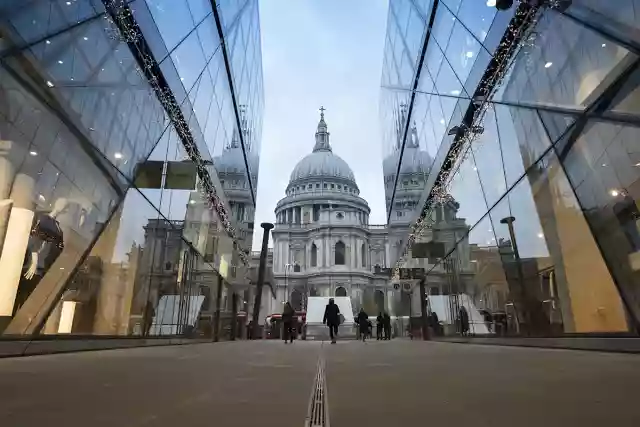
If you want to learn the art of taking great cityscape photos then you're in the right place. We braved the wet weather to head out with cityscape photographer (& Sony Ambassador) Ron Timehin to get some tips (and secret London locations) from one of the best in the game.
Follow these tips and before you know it you’ll be transforming the city that you see on a daily basis into a flood of exciting colours, reflections and creative compositions that you’ll be proud to hang up on your wall.
How to take amazing photos of your city – the art of cityscape photography:
- Scout your locations
- Understand when you get the best light
- Embrace bad weather
- Composition is key
- Know your colour tones
- Add a human element
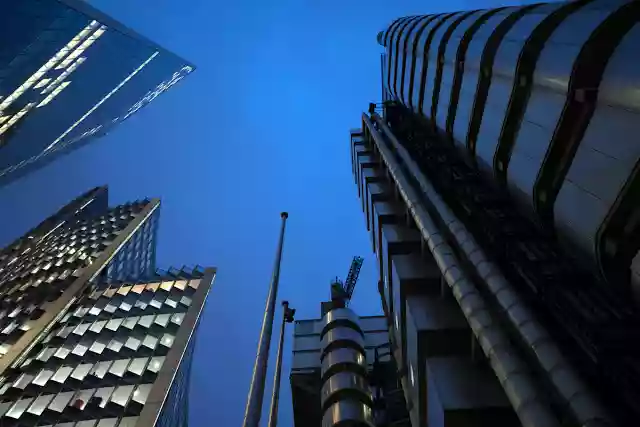
Scout your locations
The first tip to taking amazing photos of a city is to scout your locations. Location will make or break your final result – you are aiming to transform a view that can be taken for granted into something that will wow the person viewing your picture. And to do this you’ll likely need to find a perspective that you don’t see on your everyday stroll down the busy streets.
Rooftops work well for offering vistas – people are naturally drawn to new angles (think about when you first saw a drone shot!) – and don’t be afraid to ask restaurants/hotels etc if you can use their terraces. Googling ‘restaurants best [London] roof terraces’ will provide inspiration.
On this note - many places associate tripod use with professional photographers - be aware this may limit your chances of shooting from private premises.
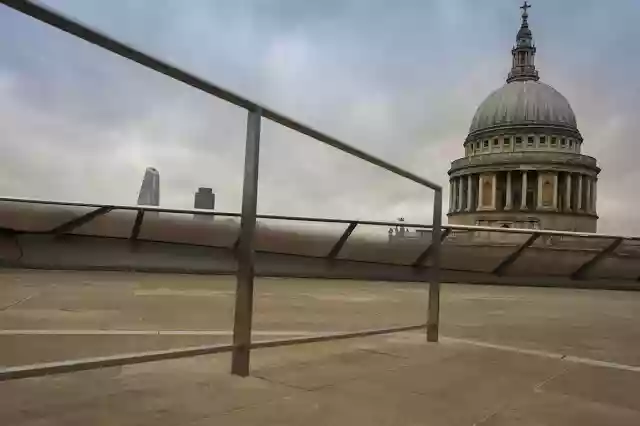
Other location ideas include: architectural hotspots (in London we found The Barbican Centre for brutalist architecture, through to the reflections and modern shapes in the City of London financial district), rivers, fountains, bridges, and any areas with heavy traffic flows that would work for long exposures. As per street photography – don’t be afraid to explore roads or alleys that you wouldn’t normally walk down!
Scouting is important to find the location, with the knowledge that you’ll normally need to return when the light is right. Get into the mindset of ‘this will look great when the sun rises / sets as it will reflect of those windows etc’.
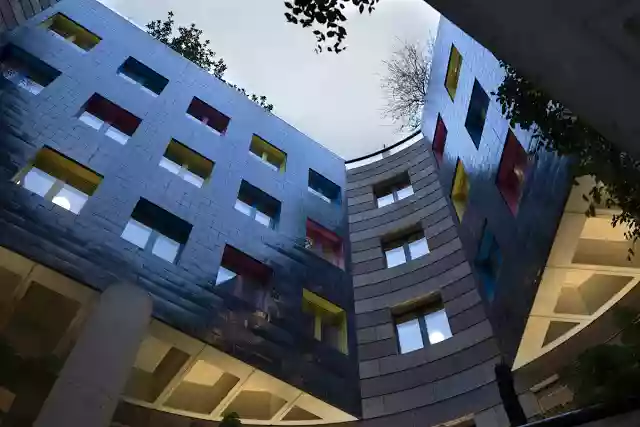
2) Understand when you get the best light
Okay, so this won’t be the first time you’ve read this, but shooting in the right light is especially important for creating dynamic cityscapes. This is because you have two types of light to try and balance – natural, ambient light (sky), and artificial light (buildings and streetlights).
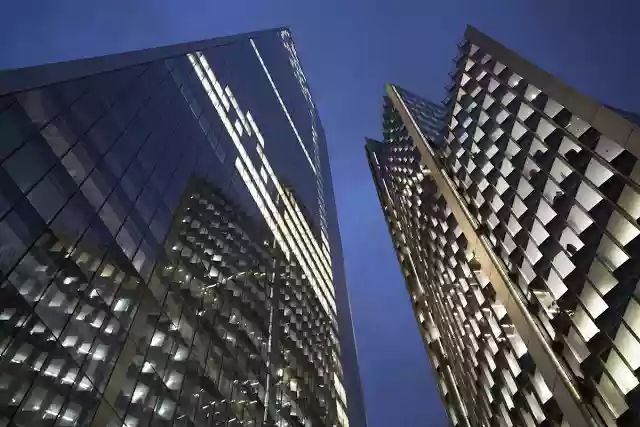
‘Blue Hour’ lets you combine the two of these perfectly – the sky (an hour before sunrise, or the hour after sunset) will still have some cool, blue tones that will complement beautifully with the warm lights from buildings.
Shoot during the day and everything can seem flat – shoot much later into the night and the sky will be too dark and you’ll lose the detail in the buildings. So yes, this can mean setting the alarm clock early – but don’t forget that in the winter, the sun rises later so it’s a great time to do it!
If you do shoot during the day – shoot from the shadows into the light, and learn to exploit the harsh shadows that are created – high contrast works well for repetition – think columns, archways and viaducts.
You're also better off under-exposing by 1 stop if it's bright - it's easier to pull detail from an underexposed image, whereas if you burn out the highlights you can't recover these.
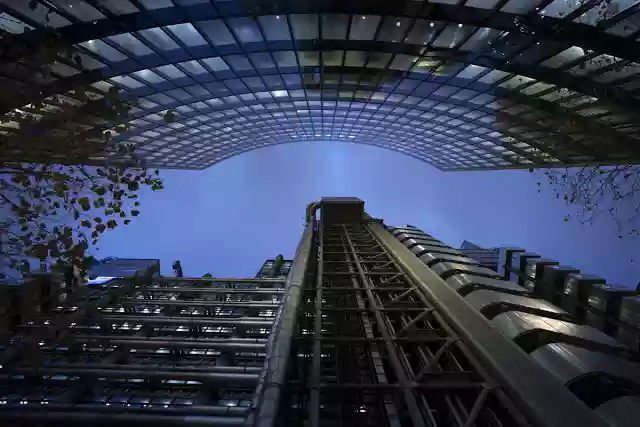
3) Embrace the bad weather
Cityscape photography loves bad weather, even if you don’t! Fog and mist can add mood and mystery while also diffusing the light to provide atmosphere.
For some great examples of how to truly embrace the bad weather, have a look at Ron Timehin's stunning images in our blog.
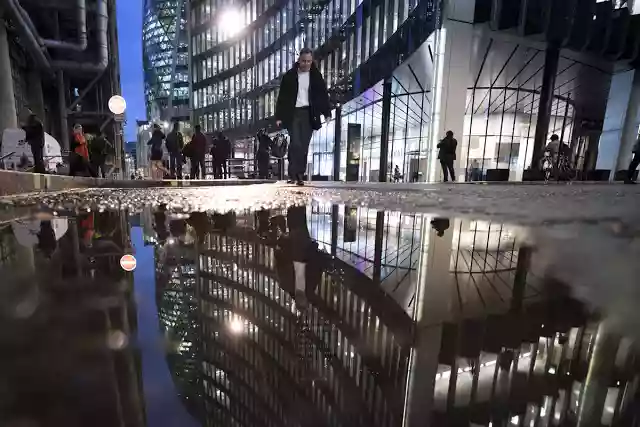
And this comes down to filling the sky – vast expanses of clear sky add little value to an image – whereas clouds do - whether blurred from long exposures, dark and stormy, or simply catching golden or blue hour hues.
Rain creates slick reflective surfaces that picks up and gives surfaces an extra shine. They also create puddles, which are a photographer's best friend, and allow you to play with perspective and unusual views.
4) Composition is key
So, you’ve got the location, worked out when the light will work, and you’re dressed for the weather. Time to hone that composition. As per landscape and architectural photography, composition is key as there is not always a clear subject or human interest to keep the viewer engaged.
Thus the value of lead-in lines, rule of thirds, and symmetry come into their own. One top tip we learnt from Ron is that when it comes to nailing symmetry, there are often clues to working out when you are central to the scene you wish to snap.
If you are trying to centre your lead-in line, work out where the centre is by the number of paving slabs across the road or pavement. Ditto columns or supporting beams on a building can tell you when you are dead centre.
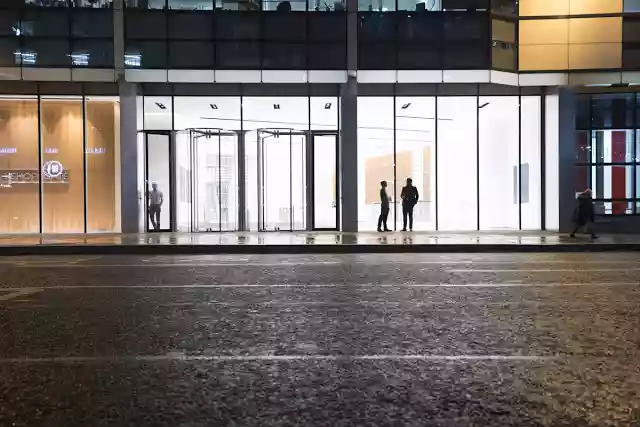
Try and get lead in lines to work to the very corner of your image for greater impact, and consider using framing – both through archways and if shooting a reflection, the window frame itself can be included.
5) Know your colour tones
Cityscapes often have such stunning visual impact as they use complementary colour tones – which is why you’ll often see long exposure cityscape shots used in adverts. In turn, they offer good commercial opportunities.
Long exposure shots taken during blue hour are the classic example here – you’ll get the warmth and nice orange tones from artificial light, offset against a cool blue sky. Colours on the opposite side of the colour wheel work well, so shoot with this in mind for maximum impact.
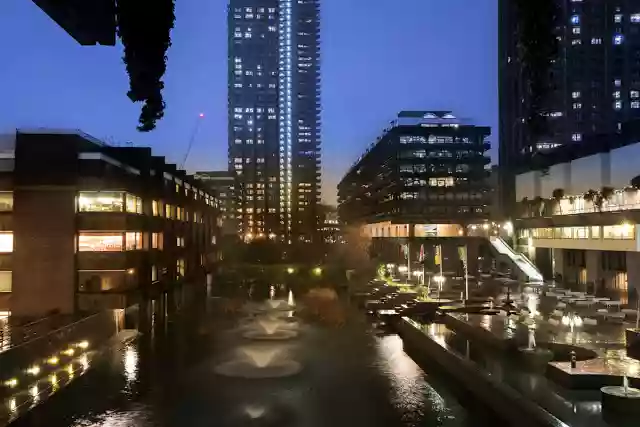
6) Add human interest
Cityscape photography blurs the line with street photography, and there’s nothing to say you cannot shoot both styles at the same time. This works on different levels – it can add a sense of scale, a sense of movement when large crowds are blurred using a long exposure, or it can even create a narrative – a couple embracing at a train station, for example.
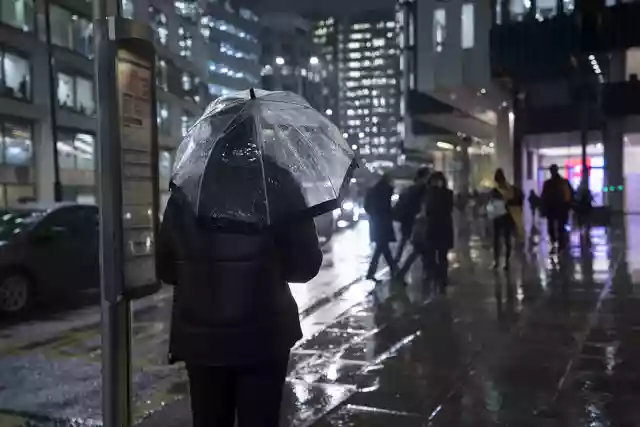
Our Kit
Having weatherproof camera and lenses (both G Master) freed us up to shoot away in the bad weather without too much stress about soaking our kit!
Video:
Images by Ashley Laurence
See more of Ron Timehin's work
Sony Week Video
Share this post:
By Park Cameras on 30/11/2018
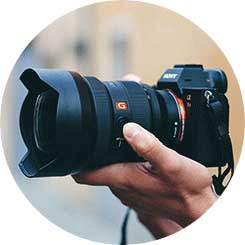
Trade in your old equipment
Fast and easy trade in service ensures your old gear is collected efficiently and you are paid quickly! It's very simple to trade in your unwanted photography gear. Just head over to our dedicated Sell or Part Exchange page, fill out the details, and we'll get back to you with an offer for your old gear. Take the cash, or put it towards the cost of your new gear. It's up to you! Find out more
sign up to the newsletter
Keep up to date on the latest photography news, events and offers. Sign up now
